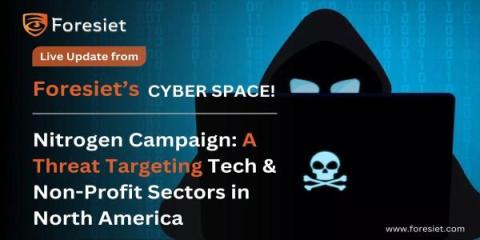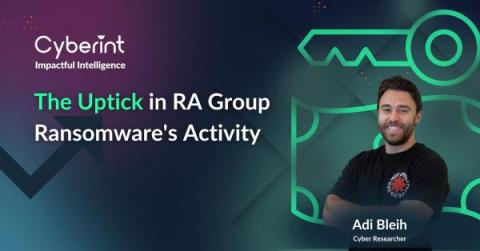DragonForce Ransomware - What You Need To Know
A relatively new strain of ransomware called DragonForce has making the headlines after a series of high-profile attacks. Like many other ransomware groups, DragonForce attempts to extort money from its victims in two ways - locking companies out of their computers and data through encryption, and exfiltrating data from compromised systems with the threat of releasing it to others via the dark web.








